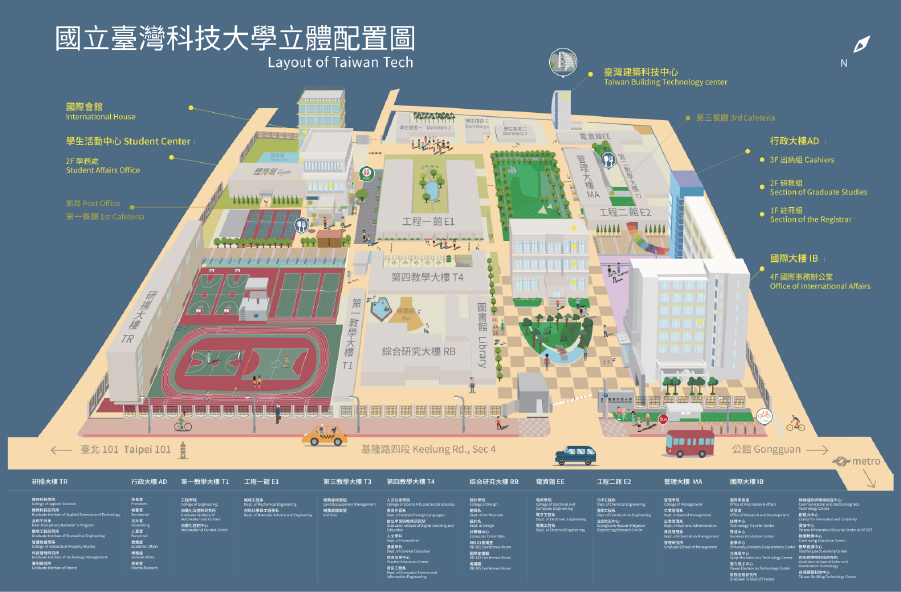Taiwan Tech’s professor develops a circulating tumor cell counting system, providing results within 1 hour, striving for the golden time for cancer treatment.
According to the Ministry of Health and Welfare's announcement of the top ten causes of death in Taiwan, cancer has ranked first for 41 consecutive years, with cancer metastasis being the nightmare patients fear the most. Professor Jem-Kun Chen from the Department of Materials Science and Engineering at Taiwan Tech has developed a “fully automated laser diffraction label-free flow cytometry system” that can detect the number of cancer circulating tumor cells (CTCs) within one hour and detect tiny micro-metastasis and disease risk early, providing a rapid and powerful reference indicator for the early diagnosis and treatment of cancer. The research has also won the National Innovation Award.
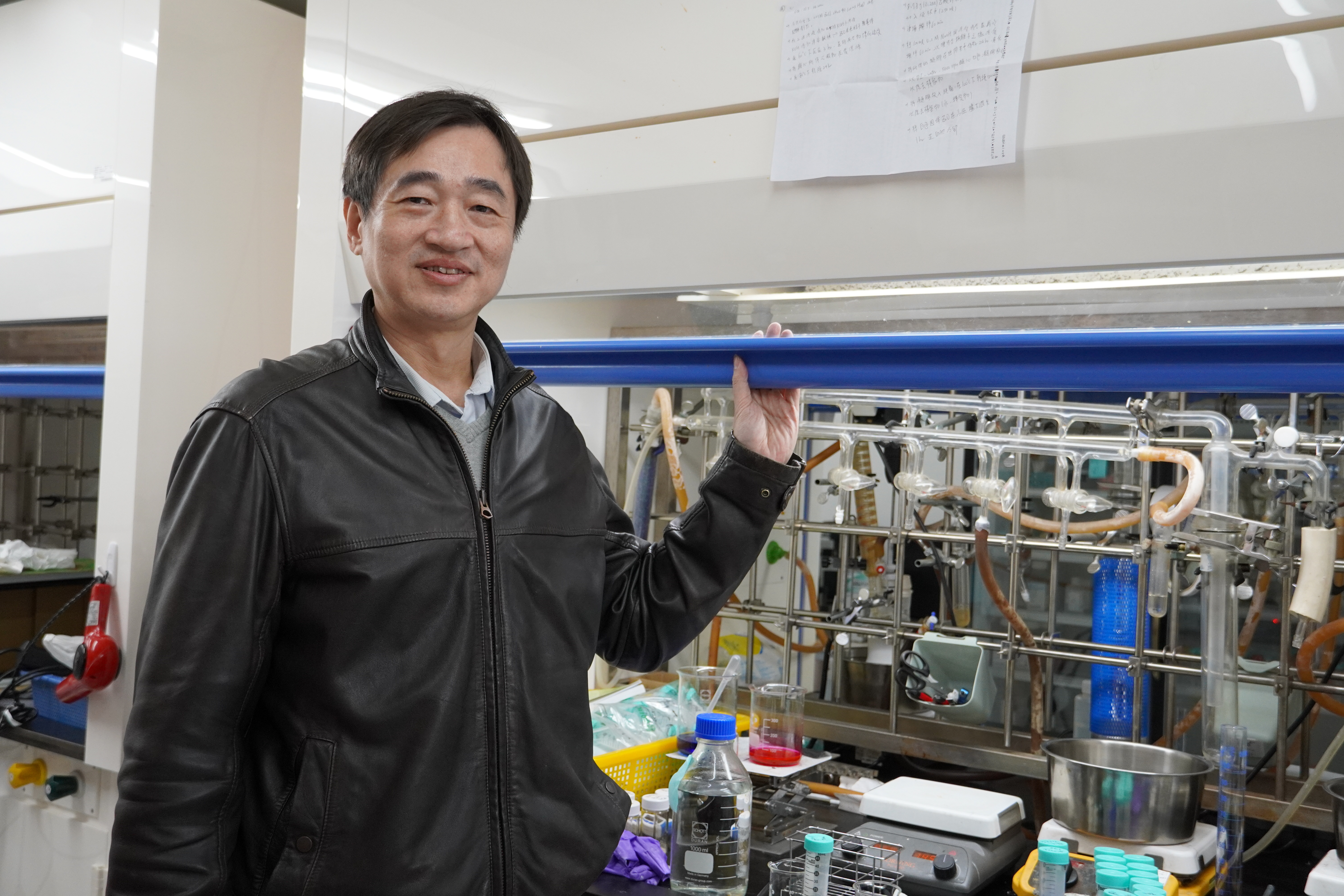
Professor Jem-Kun Chen is passionate about research and hopes that the “fully automated laser diffraction label-free flow cytometry system” can bring benefits to society.
As tumors grow, they release circulating tumor cells (CTCs) into the bloodstream. Thus, finding CTCs in the blood indicates a significant risk of cancer. When CTCs enter other organs with the peripheral blood, there is a high chance of forming new metastases. Therefore, the number of CTCs is closely related to tumor activity, the probability of cancer metastasis, and the progression of cancer expansion. This makes CTCs a valuable indicator of the effectiveness of cancer surgery or drug treatment, facilitating doctors in monitoring cancer cells and adjusting treatment plans.
However, current CTC counting primarily relies on magnetic bead capture and fluorescent staining methods. The process requires skilled technicians for operation and interpretation, and it takes about two weeks to obtain test results. The process is cumbersome and time-consuming, and the accuracy and stability are affected by dye efficacy and operator interpretation. Moreover, it is currently considered a self-funded project in hospitals, with each test costing between 15,000 to 20,000 NT dollars, making it difficult to promote to the general public.
In order to detect signs of cancer metastasis early and reduce detection costs, Professor Jem-Kun Chen has developed the “fully automated laser diffraction label-free flow cytometry system” (hereinafter referred to as the fully automated laser diffraction system). This system uses optical grating diffraction chips and fluidic laser instruments to quickly detect the number of CTCs in the blood, which significantly reduces the cost of dyes, labor, and human error in interpretation. Results can be obtained in about one hour, achieving early detection and treatment for early-stage cancer patients and enhancing the flexibility of medication for advanced cancer patients.

The “fully automated laser diffraction label-free flow cytometry system” can complete the detection of circulating tumor cells (CTCs) within one hour.
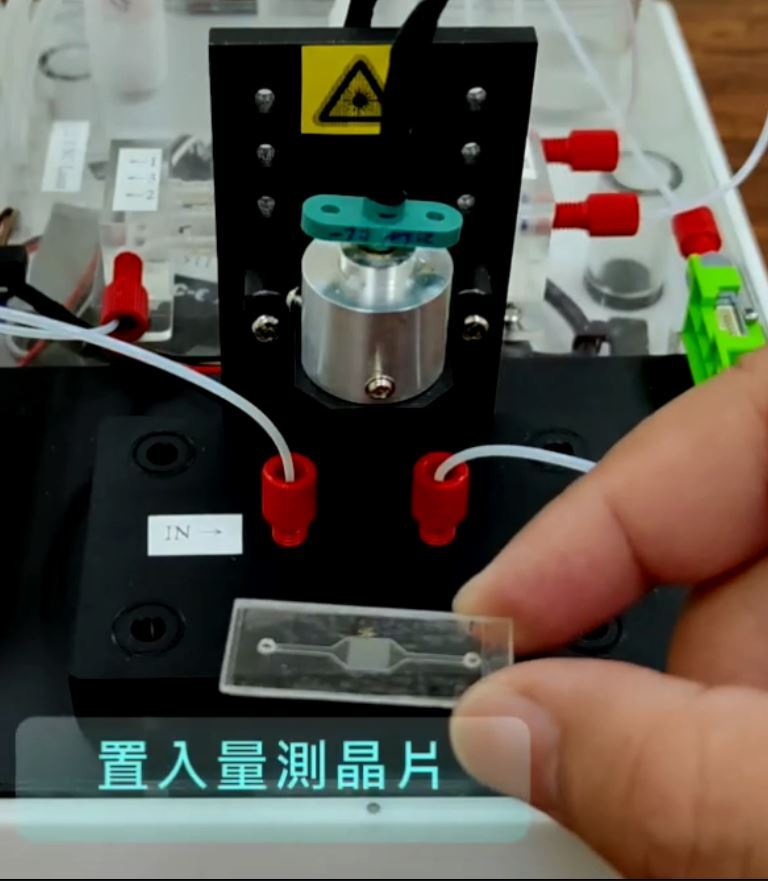
The “fully automated laser diffraction label-free flow cytometry system” integrates fluidic systems, laser systems, and human-machine interfaces, and can also use urine, saliva, rinsing fluids, etc., for testing, which is quite convenient and fast.
Furthermore, if traditional fluorescent staining methods are used for detection, CTC cells will die after detection. However, after counting using a “fully automated laser diffraction system”, the cells are still active and can be subsequently cultured and used for cancer drugs. By conducting experiments and eliminating drugs with lower efficacy for the patient, it can save a significant amount of valuable treatment time. Compared to traditional detection methods, the “fully automated laser diffraction system” can also use urine, saliva, rinsing fluids, etc., for detection, expanding the types and flexibility of detection samples.
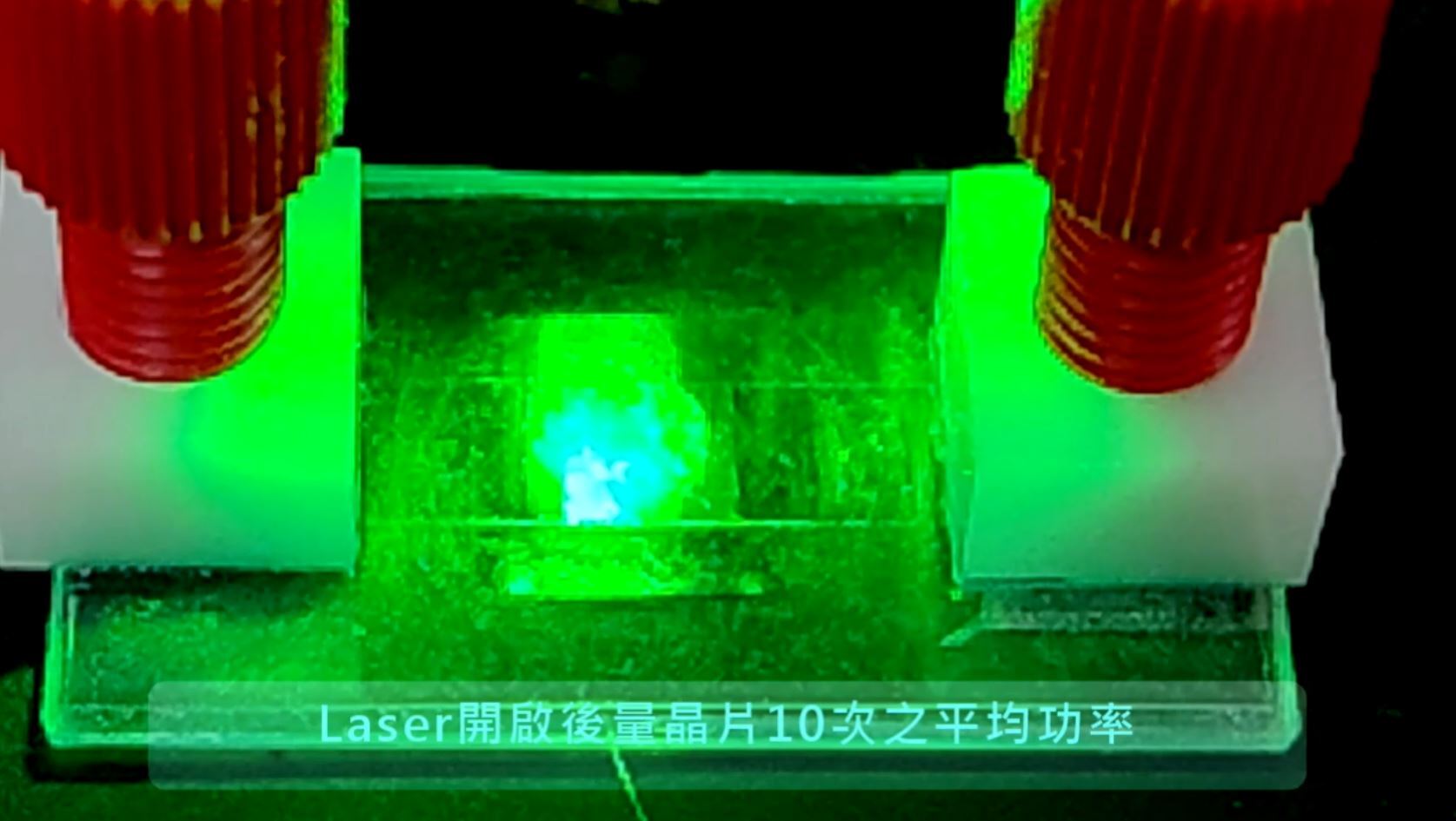
The “fully automated laser diffraction label-free flow cytometry system” counts the number of CTCs through the difference in diffraction caused as light passes through the grating.
The research team began developing the fully automated laser diffraction system in 2016. Currently, they have collaborated with Taichung Veterans General Hospital, Taipei Medical University Hospital, National Defense Medical Center, and Chi Mei Medical Center for clinical trials, focusing on CTC counting tests for patients with esophageal cancer and endometrial cancer. In the future, they also hope to expand to health examination projects for the general public, which would greatly assist in tracking cancer metastasis or recurrence and prognosis assessment.
Professor Jem-Kun Chen stated that tumor observation mainly relies on computer tomography scans. However, in targeted treatment of advanced cancer, it usually takes over a month to visually observe changes in tumor size with the naked eye. Even after tumor removal surgery, it's often challenging to determine if the tumor has been completely removed, leading to postoperative cancer recurrence and high mortality rates for patients with terminal cancer. Moreover, computed tomography accounts for 15% of the total national health insurance. Exposure to radiation from these scans multiple times may have adverse effects. The “fully automated laser diffraction system” can provide doctors with more choices for cancer detection and treatment indicators.
The fully automated laser diffraction system can rapidly determine the number of CTCs in the blood, enabling the tracking of cancer recurrence, evaluation of the efficacy of targeted cancer drugs, and facilitating real-time understanding of the patient's condition, conducting early preventive treatment measures, seizing the golden time of cancer treatment and improving survival rates.
Currently, the “fully automated laser diffraction system” is undergoing medical device certification application procedures in compliance with medical regulations. It is expected to be mass-produced and used in hospitals within 3 to 4 years. Professor Jem-Kun Chen mentioned that since “each cancer tumor releases CTCs in different numbers and in different ways, he hopes to integrate CTCs with various cancer treatments”. This integration could provide patients with faster and more effective treatment while reducing the burden on national health insurance.
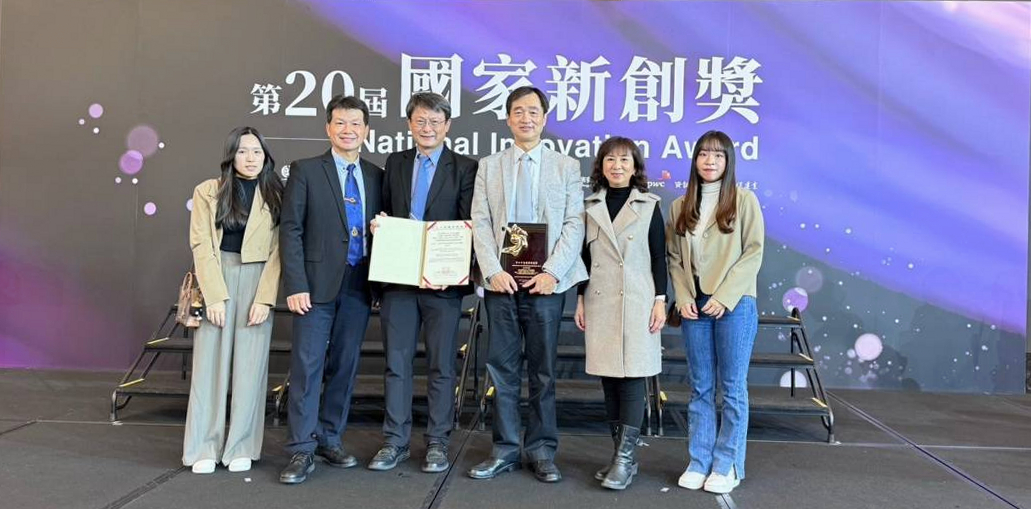
A group photo of the research team of the “fully automated laser diffraction label-free flow cytometry system”. From left to right: Student Yong-Jia Ke from Taiwan Tech, Dr. Feng-Ping Lin from the National Defense Medical Center, Dr. Chien-Hsing Lu from Taichung Veterans General Hospital, Professor Jem-Kun Chen from Taiwan Tech, Assistant Professor Hui-Ling Hsu from the National Defense Medical Center, and Student Hsuan-Chen Lin from Taiwan Tech.




